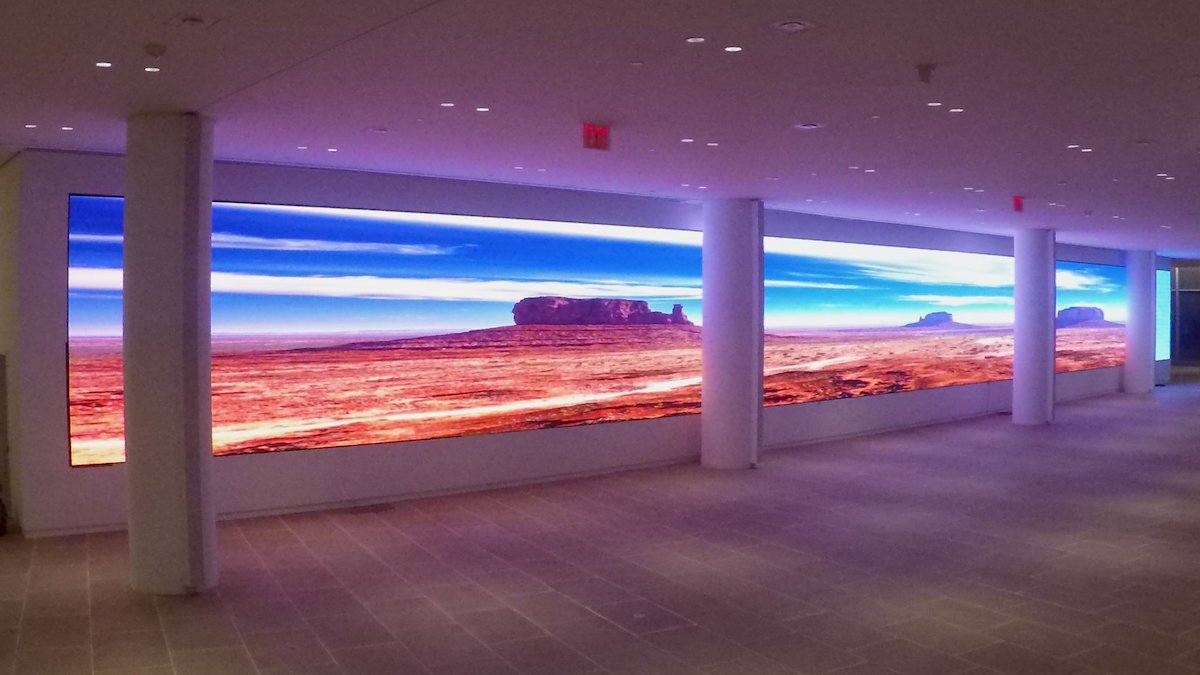Investigating the Crucial Factors That Affect Hue Consistency in Light Emitting Diode Wall Screens for Optimal Display Output
Color uniformity in LED wall screens is essential for attaining optimal visual performance. LED wall screens are commonly used in multiple settings, including concerts, conferences, and promotional displays. When the hues on these panels are consistent, they create a more engaging and enveloping encounter for audiences. Several critical elements affect color consistency, including the quality of the light-emitting diode elements, tuning procedures, and surrounding factors.The quality of the light-emitting diode elements plays a significant role in color consistency. Different types of light-emitting diodes produce light at different frequencies, which can influence the total hue output. High-quality LEDs are designed to generate a more consistent light range, resulting in better color precision. Additionally, the production process of these light-emitting diodes can affect their functionality. Screens made with superior materials and techniques tend to have fewer color variations, ensuring that the shown pictures and footage look lively and true to reality.

Calibration is another essential element in maintaining color consistency in LED wall screens. Calibration involves modifying the settings of the panel to ensure that the colors displayed match the desired design. This process can consist of adjusting luminosity, contrast, and color balance. Frequent calibration is essential, especially in settings where illumination factors change often. By calibrating the screens, technicians can fix any discrepancies in color result, leading to a more consistent viewing encounter.
Environmental conditions also influence hue consistency in LED wall screens. Factors such as surrounding go to website light, heat, and humidity can influence how hues are perceived. For example, intense ambient light can dull colors, making them look less vibrant. Similarly, extreme heat can influence the functionality of the LEDs, resulting to color shifts. To mitigate these problems, it is crucial to install light-emitting diode wall screens in controlled environments where illumination and temperature can be managed effectively.
Finally, the design and arrangement of the light-emitting diode wall screens can affect hue uniformity. The arrangement of the panels, as well as the spacing from which they are observed, can create variations in hue recognition. When screens are arranged too distant apart or at varied positions, audiences may detect discrepancies in color. To achieve the best optical output, it is crucial to consider the placement and arrangement of the screens during installation. By tackling these elements, operators can guarantee that their light-emitting diode wall screens provide a uniform and high-quality visual experience.